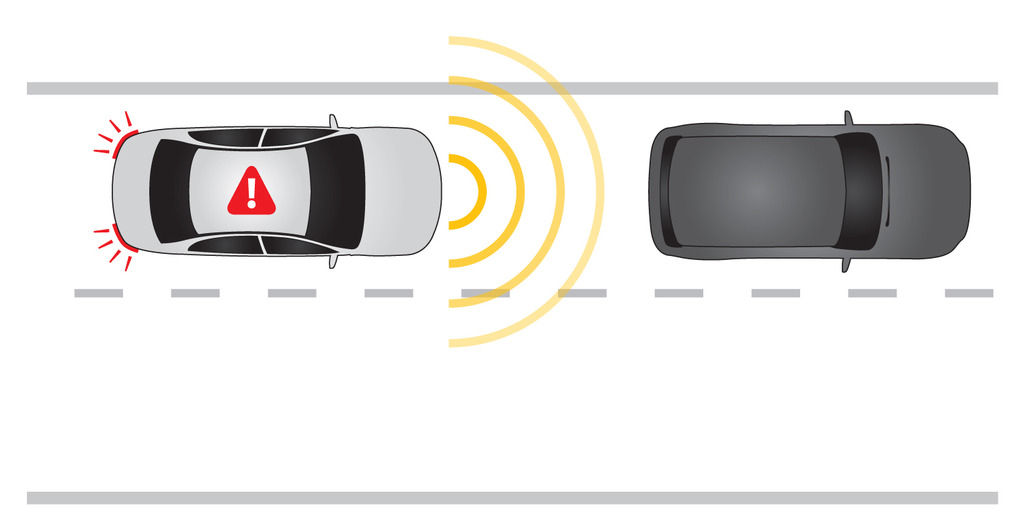
 visit raa.com.au
visit raa.com.au
In just over 12 months, all new car models will need to have Autonomous Emergency Braking (AEB) technology installed, thanks to legislation recently announced by the Australian Government.
A new Australian Design Rule will mandate AEB systems that can detect potential collisions with other vehicles on new car models from March 2023, and this requirement will extend to all other cars manufactured from March 2025.
RAA welcomes this mandate to reduce the risk of road trauma – an initiative which safety authority ANCAP predicts will save a remarkable 580 lives and more than 20,000 serious injuries per year.
“New vehicle technologies have a huge role to play in the future of road safety,” said RAA’s Technical Advisory Services Manager, Andrew Clark.
“Autonomous Emergency Braking has been shown to substantially change the degree of risk of injury to motorists, and can be likened to other revolutionary advances in the past such as the introduction of air bags, anti-lock braking systems and electronic stability control.
“RAA welcomes this announcement and looks forward to seeing crash numbers fall as a result.”

There’s no underestimating the significance of the data we have about AEB. According to ANCAP, the technology has been shown to reduce police-reported crashes by 55% and rear-end collisions by 40%. The resultant reduction in serious injuries and death will even translate to a $1.9bn benefit to the economy.
ANCAP Chief Executive Carla Hoorweg said the announcement was “a welcome step in closing the gap to ensure all new vehicles are equipped with this life-saving technology.”
“AEB has consistently been shown to improve safety outcomes, and our latest analysis of new light vehicle sales shows 89.5 per cent of all new vehicles sold – 222 models – were available with AEB.
“This is a significant achievement, and the automotive industry is to be congratulated for its efforts in achieving such a high fitting rate ahead of regulatory intervention.”
The number of lives saved should only improve as the technology does. Included in the new legislation is a further mandate that will require AEB systems capable of detecting pedestrians, not just other vehicles, to be installed on new car models from August 2024.
For more about RAA’s technical advisory service for members, visit raa.com.au/techadvice.